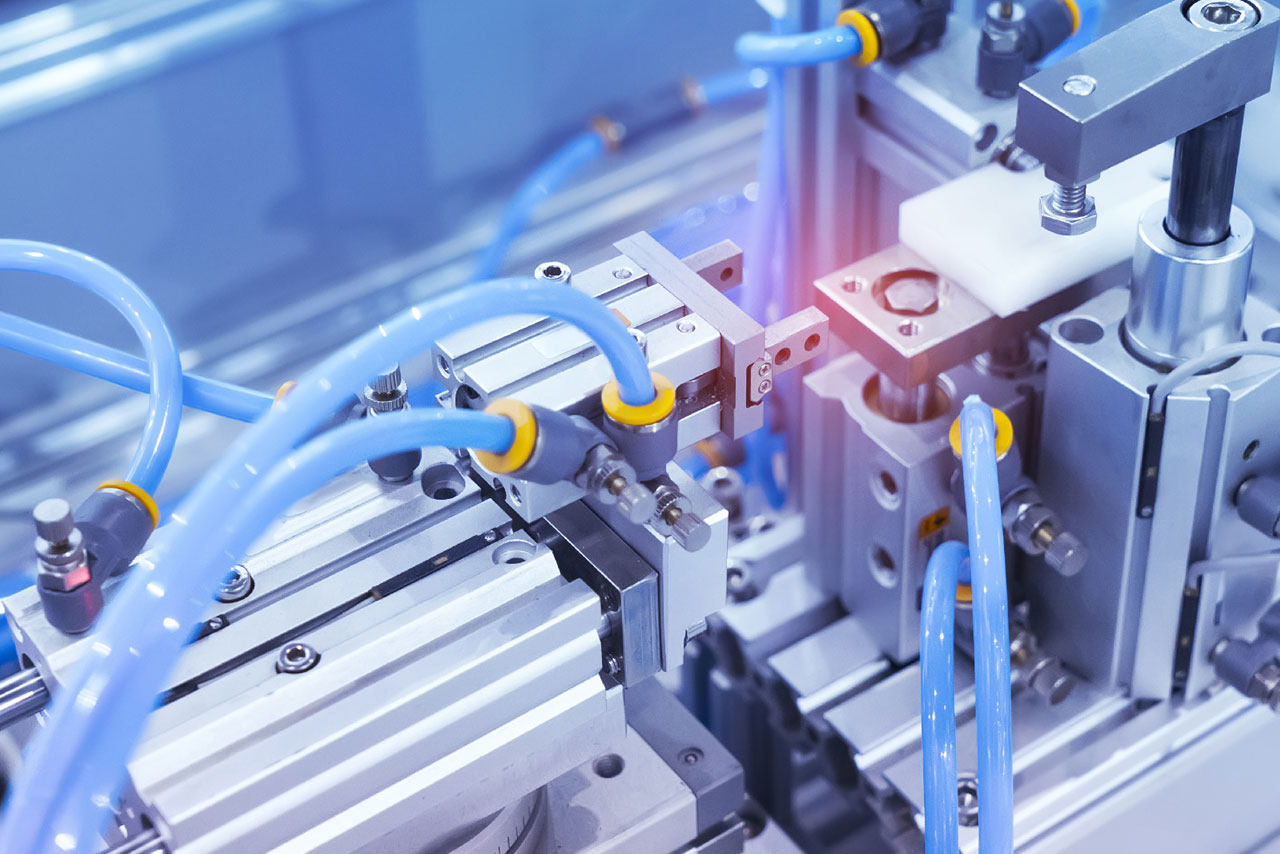
Pneumatics is the technology of compressed air, but in some circles, it is more fashionable to refer to it as a type of automation control. Pressurized gas—generally air that may be either of the dry or lubricated type—is used to actuate an end effector and do work. End effectors can range from the common cylinder to more application-specific devices such as grippers or air springs. Vacuum systems, also in the pneumatic realm, use vacuum generators and cups to handle delicate operations, such as lifting and moving large sheets of glass or delicate objects such as eggs.
Engineers commonly use pneumatics in industries that include medical, packaging, material handling, entertainment and even robotics. And pneumatics can be useful in very specific applications where hazards are critical—for example, in a mine, where a stray spark could mean disaster and lost lives.
By its nature, air is easily compressible, and so pneumatic systems tend to absorb excessive shock, a feature useful in some applications. Most pneumatic systems operate at a pressure of about 100 psi, a small fraction of the 3,000 to 5000 psi that some hydraulic systems see. As such, pneumatics are generally used when much smaller loads are involved.
